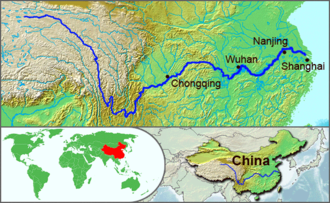Understanding the Impact of Wetter Conditions on Our Climate

Introduction
Wetter conditions have become an increasingly significant aspect of climate change discussions. As global temperatures rise, changes in precipitation patterns have been observed worldwide, leading to a variety of environmental impacts. Understanding these changes is crucial for governments, businesses, and individuals alike, as they adapt to a wetter future.
Current Trends in Wetter Conditions
Recent studies conducted by climate researchers have shown a discernible trend toward wetter conditions in various regions. The UK’s Met Office reported that the average rainfall has increased by approximately 10% over the past two decades. This increased precipitation has resulted in more frequent flooding events, particularly in urban areas where drainage systems are often inadequate.
A study from the World Meteorological Organisation indicated that many countries in Western Europe, including Germany and France, have experienced a doubling of heavy rainfall events since the early 2000s. These wetter conditions not only threaten infrastructure but also pose risks to agriculture, leading to soil erosion and crop damage.
Impact on Ecosystems and Biodiversity
Wetter conditions are also having consequences for ecosystems and biodiversity. Wetlands, which are vital for carbon storage and biodiversity, can be negatively impacted by the increased frequency and intensity of flooding. The UK RSPB (Royal Society for the Protection of Birds) has highlighted concerns that species adapted to drier habitats may struggle to survive as their environment becomes less suitable.
Adverse Effects on Human Life
The human implications of increasingly wetter conditions are profound. Health issues related to standing water, such as increased mosquito populations, can lead to a rise in vector-borne diseases. Furthermore, economic impacts are felt as insurance claims related to flooding surge, putting pressure on both consumers and insurance companies.
Conclusion and Future Outlook
It is clear that wetter conditions are not just a passing trend but a harbinger of the changing climate we are likely to face in the coming years. Adaptation strategies, including improved infrastructure, flood management systems, and sustainable agricultural practices, will be essential in mitigating the risks associated with increased rainfall. As climate predictions become more severe, it is crucial for communities to prepare for wetter conditions to safeguard both their populations and the environment.





